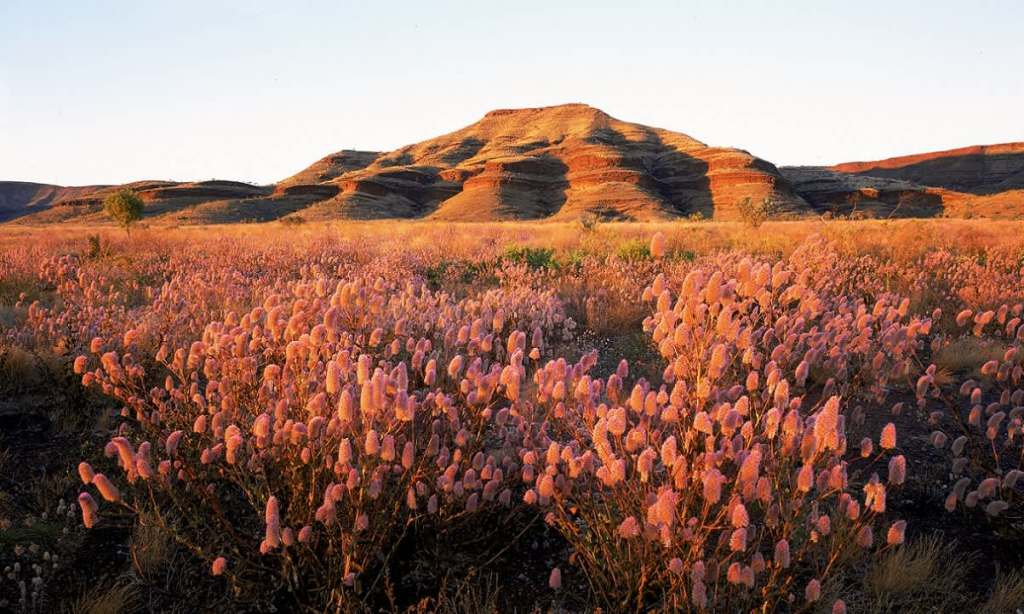While the borders remain shut, more and more Aussies are exploring their own backyards in lieu of some tropical getaway. That’s not a terrible idea, since Australia has pretty much everything you would want in a holiday destination.
From white-sand beaches to rugged, snow-capped mountains, and expansive deserts, Australia has pretty much everything you would find between the pages of an international Lonely Planet guide.
There is of course one thing that Aussies seem to seek out when abroad that they feel they can’t get elsewhere; culture. Europe is a prime travel destination for this reason.
It’s funny because Australia is home to the oldest continuous living culture on the planet. Practically every inch of this wide brown land is teeming with stories, history, and cultural significance to its traditional custodians.
Now, with international holidays on pause, Aussies are seeking out those rich cultural experiences at home.
Indigenous cultural experiences
Australia.com, the website for Australia’s tourism body, has collected some 185 Indigenous experiences from across the country, from nature explorations to cultural experiences, and foodie forays.
Tourism operator Darren Capewell from Shark Bay, Western Australia has told the ABC that he has never been busier.
“A lot more Australians now unable to travel overseas, they want to travel around Australia, and we’ve noticed a lot of young families taking their kids around to do the big lap,” he says.
“They’re very interested in exposing their children to Aboriginal culture, certainly through tourism so it’s been wonderful for us to educate that younger generation and to introduce those guys to Aboriginal culture through tourism.”
The Western Australian Indigenous Tourism Operators Council also reports that Indigenous tour operators are very busy at the minute.
Robert Taylor, who sits on the National Indigenous Tourism Advisory Group, says that Aboriginal tourism ought to be Australia’s focus in international marketing.
Across the ditch, New Zealand promotes its own Maori culture at the front and centre of its tourism activities. Australia has historically shied away from doing similar, probably due to our less integrated relationship between Indigenous culture and ‘Australian’ identity.
“This industry is probably really very young at the moment, it’s got a long way to go but obviously the culture is very old,” Taylor says.
“If you look at the tourism marketing for New Zealand all you see is Maori culture and I think Australia has a long way to go but I think it could go that way as well”.
What to experience
Professor Marcia Langton, one of the top Indigenous scholars in the country, has written a book called Welcome to Country: A Travel Guide to Indigenous Australia. It’s the first-ever Indigenous travel guide to Australia and covers the whole country.
In it, Langton gives an introduction as to what exactly the term ‘country’ means to Indigenous people as well as a history of Indigenous languages, cultures, history, and etiquette for visitors.
Her directory of Indigenous tourism experiences covers every state and territory and features significant Indigenous sites and regions, galleries, festivals, and communities that are open to visitors and offer tours and performances.
Langton has said that over the past four decades she has noticed a growing trend in Aussies wanting to engage further with Indigenous culture through travel.
While travel and experience are some of the best ways to do so, she also cautions that tourists need a good understanding of the traumatic history that many visitors might be walking into. Reading up on places and people you might want to visit is a good way to ensure your trip is going to be culturally sensitive and not distress traditional owners.
Langton has laid out her top eight Indigenous experiences across Australia which make a good starting point for anyone interested in learning more.
She cites the Great Barrier Reef, Uluru–Kata Tjuta national park, Kakadu, Purnululu national park, and Great Sandy national park amongst others as sites of significant cultural importance to traditional owners and places where you can get a real feel for this country’s pre-European history.
Getting in touch with local Indigenous tourism operators and guides is a great way to make the most of your trips to these places and learn all there is to know about the sacred and special land that we walk upon.
Read more stories from TheLatch— and follow us on Facebook.

